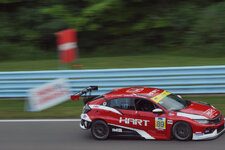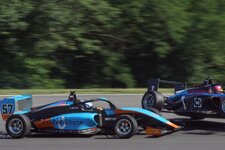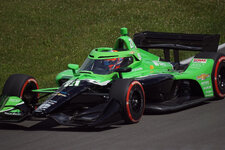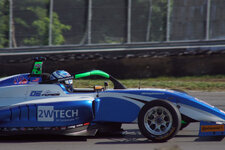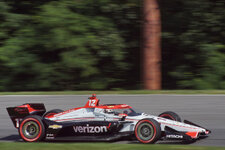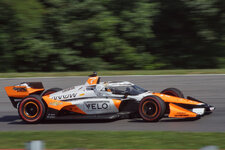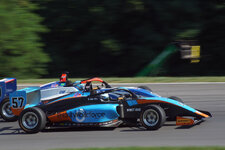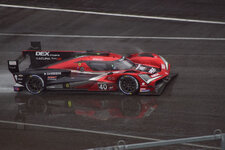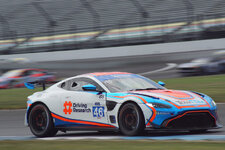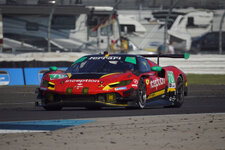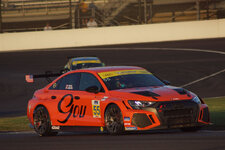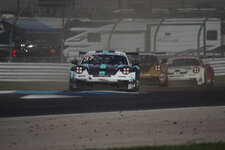Toni
Contributor
- Joined
- Aug 10, 2011
- Messages
- 22,812
- Basic Beliefs
- Peace on Earth, goodwill towards all
If you want some place beautiful to take shots of waterfalls, may I suggest the Minnesota North shore, along Lake Superior? Lots of small falls and the entire shoreline is mostly state parks, monuments, national forest. At the Canadian border, US side is Grand Portage State Park which has the highest falls in the state and is easily accessible. Just a smidge down shore is the Grand Portage National Monument which has a partially restored fort on the shore of Superior as well as some great Native American displays and a very good interpretive center. If you continue up the highway and cross into Canada you can see the Kakebeca Falls only a short drive ( less than an hour) into Ontario. Extremely accessible.So I did some reading on motorsports photography and two things I was observing while taking images while at Indy was sunlight and shutter speed. I generally like taking long photos because my main passion is waterfall photography, so I've kind of trailed off in the complete opposite direction with motorsports. I was finding it so much easier to take photos at 1/1250 than 1/400 or even 1/800. At ISO 100, to get to that 1/1250, you need a lot of sunlight. I didn't have that at Mid-Ohio, and it was on and off at Indy. When the sun was out, I was able to take very quick shots, which made tracking the cars a lot easier at 300 mm times whatever for the digital conversion. When the sun wasn't out as much, I was clicking back down to ISO 200 and 400 in order to make the shutter speed work. The results of doing this was better photos, and really having no idea at all in looking at the image, what ISO I was using. I could see grain on the late evening shots I took which probably had ISOs of 1600 and 3200.
So I guess what I learned is that ISO isn't nearly as important between 100 and 400 in digital photography in motorsports as is adherence to shutter speed. This might be a "no duh!" for some, but I'm pretty stupid so, it was a learning experience for me.
Admittedly, I think this might be a tad underexposed, but it is one of my favorites from the weekend. One thing I was dealing with was the dynamic resolution issues with all the pavement (dark gray) and cars (lots of white) clashing with the exposure meter, and not underexposing the blacks while not overexposing the whites.
View attachment 44286
All of the hiking along the north shore is spectacular. Trails range from easy to experience recommended. Beautiful place to take photographs or just enjoy nature.



